I don’t have a good desk chair.
I can’t sit in my not-good desk chair for very long. It’s not really a desk chair, even, other than that it’s a chair, and it’s at my desk.
It’s just an $80 IKEA side chair, “walnut,” which I feel probably needs to be in quotes since it’s from IKEA. At least it is solid wood, not a hardened slurry of glue and sawdust covered in a “veneer” that’s actually just a paper sticker with wood grain printed on it. Which is a factual description of some IKEA furniture (that does exist in the house of a couple who are on the verge of 50). This chair is undoubtedly real wood.
But a wooden chair is not a good desk chair.
It is not a good desk chair even when it has a memory foam cushion on it. Not even when that memory foam cushion is on top of a silicone honeycomb cushion, although now we are getting somewhere. (But where is that? One of the Amazon reviews of the cushions praised its effectiveness in the wheelchair of its buyer’s nonagenarian grandfather.)
I don’t have a good desk chair.
But do I really want a good desk chair? Over the past year I have converted my workstation to a fully portable setup. I’ve worked with a laptop as my sole computer for over a decade, and now my second monitor is an iPad. I can bring my two-screen setup anywhere.
For years we’ve been told that sitting at a desk all day long shortens our lives. I hate sitting at a desk all day anyway. And years of working in offices, where someone else paid for the series of various “real” (and surely quite expensive) desk chairs I used, taught me that there is no such thing as a good desk chair, at least not for me.
I do not sit with perfect posture. I do not sit in one position. I do not sit back in my chair, so lumbar supports are pointless. Except when I do sit back in my chair, in which case I am usually sprawled low, and the lumbar supports are again pointless.
But sitting perfectly in a precision engineered desk chair all day is still sitting at a desk all day. And when you do that, YOU DIE.
I don’t want a good desk chair.
And I really don’t want a standing desk.
(Neither do my feet, especially during one of my bouts of plantar fasciitis, such as the one I’ve been enduring over the past month as I write this.)
I just want to move around.
I am self-employed, and I have a mobile workstation. So I spend part of the day in my not-good desk chair. I spend part of the day in a lounge chair (IKEA) in our bedroom, with my feet up and the laptop living up to its name. Or that midcentury modern chair (a rare splurge from West Elm) in the living room, again with my feet up and the laptop laptop. Or — now that the weather is finally nice — sitting under the big umbrella at the cafe table we have on our deck, as long as I can find the perfect spot where its metal mesh top is unwarped and my laptop doesn’t wobble with every keystroke. Or in one of the Adirondacks* on the deck, in the afternoon when they’re shaded. Or sometimes even standing (!) with my laptop on the countertop of the pass through between our kitchen and dining room.
I’ve got options that don’t involve a good desk chair.
If I had a good desk chair, I would feel compelled to use it all the time. And then… YOU DIE.
*That would be a molded plastic Adirondack, of course. From Target. We are in our late 40s and still nearly every piece of furniture we own is from either IKEA or Target.


